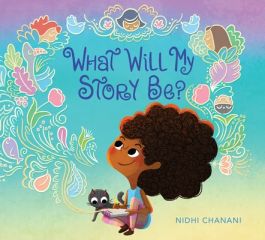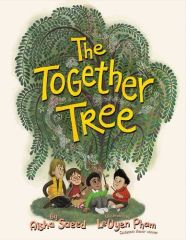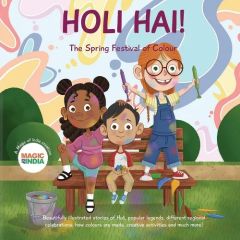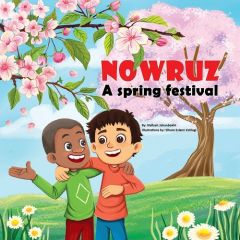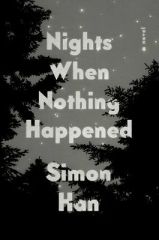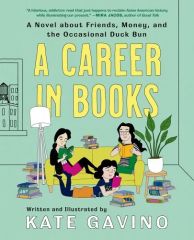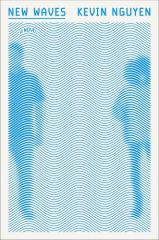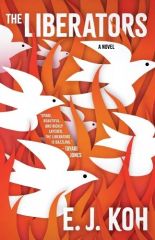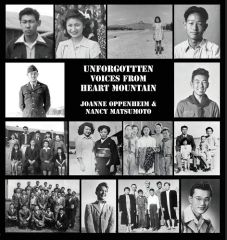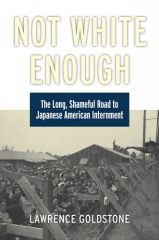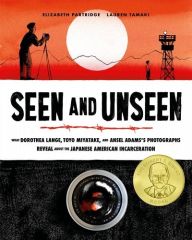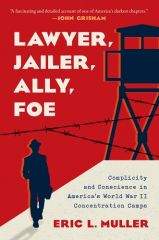Hello Newsletter Readers.
I didn’t think I would need the extra day in February to get this newsletter out in time, but it looks like it came in handy after all. Thank you Leap Year :). So how are you using your extra day this year? Hope you’re spending some of it reading our newsletter.
When I started writing our first article and working on our book selection for the month, I was hoping it would be timed to get to you before the anniversary of the signing of Executive Order 9066 which fell on February 19th.
For those of you that are not familiar with Executive Order 9066, this was the order given by Franklin Roosevelt that resulted in the incarceration of over 125,000 people of Japanese ancestry living in the West Coast of America during World War II. Many Japanese American communities hold Day of Remembrance events to mark this dark day in history.
The 19th of February of this year was also the date for when the general public would be allowed to sign up for the Tule Lake Pilgrimage. They had early registration reserved for those that signed up for the pilgrimage that was canceled in 2022.
Please read the article, “My Tule Lake Pilgrimage Experience” to learn what it’s like to go on an internment camp pilgrimage. Please note that the various pilgrimages are different, with different things to see and do, and experience. Even if you can’t make it to this year’s Tule Lake Pilgrimage, try to catch one of the others. Please follow the links at the end of our article for more information on the pilgrimages.
If you can’t fit any of them into your schedule, you can always visit the Manzanar National Historic Site, which is open every day except Christmas and unforeseen closures due to severe weather, pandemics, and/or lapses in government appropriations (wording taken from their website :).
We’ve also included some useful informational resources at the end of the article. So do check it out.
Recently, I watched the San Francisco Lunar New Year Parade on TV. I was surprised to see that they added something new to the parade – some aerial fireworks. In over 150 years of parades, I’m sure it’s changed quite a bit over the years. For our second article we bring you a glimpse of how Chinese in San Francisco celebrated the Lunar New Year in the 1850s.
------------------
For our book selection this month, we have eight books related to the Japanese American World War II experience. One of these books, called “They Never Asked,” is a recently translated collection of senryu poetry written by Japanese American incarcerees at the Portland Assembly Center.
Another book, called “Secret Harvest,” is a memoir by renowned author and peach farmer David Mas Masumoto.
“Seen and Unseen” is a wonderful book about Dorothea Lange, Toyo Miyatake, and Ansel Adams’s photographs of the Japanese American Incarceration.
There’s a graphic novel by Filipina author Kate Gavino called “A Career in Books.”
We have eight children’s book including two for upcoming celebrations Holi (Holi Hai!) and Nowruz (Nowruz a Spring Festival). Holi is on March 25th and Nowruz is on March 19th.
“The Together Tree” is about a new kid in school named Rumi, who feels out of place and bullied. When he gains new friends, they find togetherness under Rumi’s favorite willow tree.
There are many more great books this month. So be sure to check them all out.
------------------
Author Phước Trần has shared two video links with us on various presentations that she’s recently made. The video clip were produced by Star Studio, a community supported TV station in the hospitals of Children’s Minnesota in St. Paul. Here are the links -
Phước shares information about the celebration of Tet, the Vietnamese New Year
Phước reads from her book “Vietnamese Children's Favorite Stories”
------------------
One of our patrons, Tina Pham, has informed me of the Diasporic Vietnamese Artist Network (DVAN). They are a nonprofit organization that uplifts and fosters diasporic Vietnamese and Southeast Asian literary voices. DVAN promotes nonfiction, fiction, and poetry to empower artists in the diaspora and inspire understanding and dialogue within their community, and with others. They champion their complex and diverse stories for future generations.
Their organization sounds interesting. So check them out.
Tina has also informed us of the “Asian Women Are Strong Event” happening this coming Sunday. Check our event schedule below for more details.
------------------
Thank you Phước and Tina for sharing your videos and information.
Thank you to our newsletter staff – Susan, Philip, Mina, and Harrison for the help with this newsletter.
Happy Leap Day and have a wonderful March!
March 3, 10am-4pm: Asian Women Are Strong, API Women's Community Event (we will not be exhibiting)
San Francisco Ferry Building, San Francisco, CA
------------------
March 9, 2024: Stockton Chinese New Year Celebration (we'll be there)
First Baptist Church located at 33 W Alpine Ave, Stockton, CA 95204
------------------
March 8-10, 2024: California Council for the Social Studies Conference - one of the keynote speakers will be author Viet Thanh Nguyen, Sat. March 9. (we won't be there, but hope you can attend)
Orange County Hyatt Regency, Garden Grove, CA
------------------
April 4-5, 2024: Asian Pacific Americans in Higher Education Conference (we'll be there)
Marriott Oakland City Center , 1001 Broadway, Oakland, CA
------------------
If you have an event that you would like us to mention and or to participate in, please feel free to let us know.
By Leonard Chan
The following are some of my remembrances from the 2018 Tule Lake Pilgrimage. I had gone on this trip to accompany Mas Hongo (one of the former heads of AACP), who had been interned at this site. It was both a reunion of sorts and opportunity to display and sell books for the organizers and attendees. While Mas had gone to a number of these pilgrimages, this was my first to this site.
For those of you, who have never heard of this event and don't know of the significance of this location, let me give you a very brief summary.
In May of 1942, Tule Lake became one of ten World War II concentration camps run by the United States War Relocation Authority (WRA). There were quite a few other camps that were operated by other government agencies (including Japanese Latinos that were brought to the US against their will – read our April 2005 article “The Little Told World War II Internment Story”), but the WRA ran some of the biggest ones. They were created to isolate and lock away West Coast Japanese Americans. I use the term Japanese Americans here to describe all people of Japanese ancestry living in the US, even though not all were technically citizens. This is my personal preference since the non-citizens among them were not allowed to become naturalized citizens.
After the internees were surveyed with the infamous “Loyalty Questionnaire” in early 1943, Tule Lake later became a Segregation Center to house the internees from the ten camps that were classified as disloyal or potentially disruptive. Thus it became the internment camp with perhaps the most problematic of situations as even the internees there began to turn on each other over their levels of cooperation and protest with the authorities of the camp.
There are a number of good books and descriptions online about The Tule Lake Relocation/Incarceration Center. I’ll try to list some of them at the end of this article.
The Tule Lake Pilgrimage started in 1969 and continued sporadically until 1992, when it became a biyearly event up until the start of the pandemic. This year will be the first year for the Tule Lake Pilgrimage since 2018. There’s a pretty good description of the Tule Lake Pilgrimage and other such pilgrimages’ history on the Densho Encyclopedia’s website.
...
By Leonard Chan
I once heard that Chinese New Year parades were really created by Chinese in America and not a festival activity originally done in China. I was not able to confirm this from my quick bit of research, but I did find two short articles in the Daily Alta California newspaper showing how Chinese celebrated the Lunar New Year in the 1850s in America.
What these articles show is that as soon as the Chinese came to America, they probably continued their cultural practices of celebrating the Lunar New Year and that the wider non-Chinese community took interest in their celebrations. Cultural curiosity existed in the 1850s as it still does today.
...
Copyright © 2024 by AACP, Inc.

